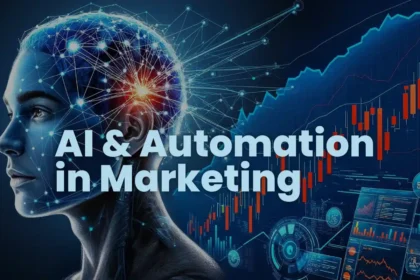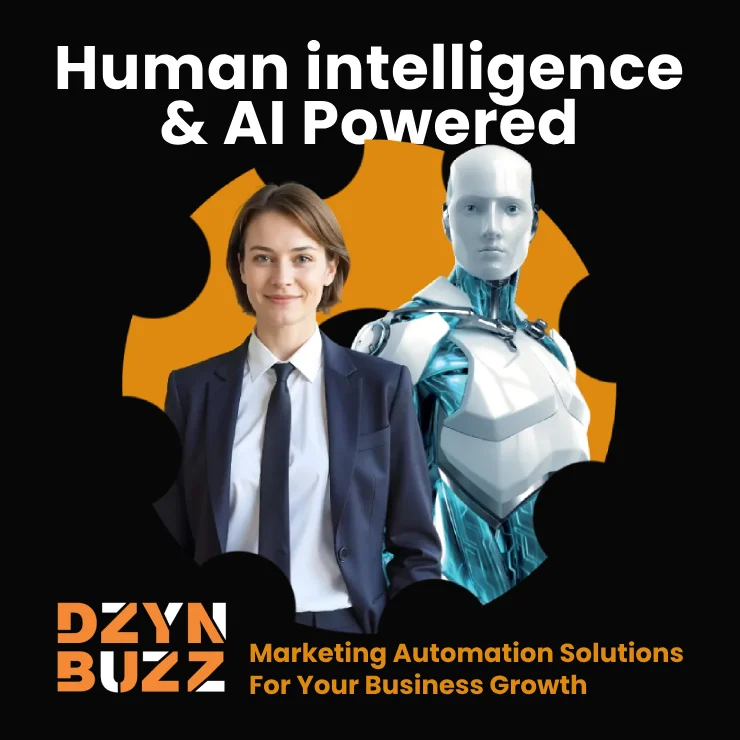Predictive analytics in marketing is no longer a futuristic idea – it’s the current power tool for strategic growth. As we move deeper into 2025, businesses that leverage AI-powered forecasting are setting new benchmarks in customer engagement, retention, and revenue. Predictive analytics in marketing gives brands the ability to anticipate consumer behavior, personalize experiences, and allocate resources more effectively.
1. What Is Predictive Analytics in Marketing?
At its core, predictive analytics in marketing refers to the use of historical data, machine learning, and AI algorithms to forecast future customer actions. It helps marketers predict which leads are most likely to convert, what content resonates best, or even when a customer might churn.
This approach transforms raw data into actionable insights – allowing for smarter decision-making. Platforms like HubSpot, Salesforce Einstein, and Adobe Sensei are already integrating predictive analytics into their marketing tools to great effect.
2. The Rise of Hyper-Personalization
Customers today expect personalized experiences. Predictive analytics in marketing allows brands to go beyond basic segmentation and offer content, recommendations, and communication tailored down to individual preferences.
For example, Netflix and Amazon have set global benchmarks by leveraging user behavior data to fine-tune their recommendation engines. Marketers can now do the same—ensuring the right message reaches the right audience at the right time.
Stat to Note: According to McKinsey, personalization driven by predictive analytics can deliver five to eight times the ROI on marketing spend and lift sales by 10% or more.
3. Improving Lead Scoring and Sales Conversion
Predictive analytics in marketing enhances lead scoring models by analyzing behavioral patterns, demographics, and historical data. This enables sales and marketing teams to prioritize leads that are most likely to convert—streamlining outreach and increasing win rates.
Tools like Zoho CRM and Marketo Engage are integrating these AI capabilities to help businesses convert better with less effort.
4. Reducing Churn and Boosting Customer Lifetime Value
Identifying warning signs early—like decreased usage or late payments—can help businesses proactively engage customers before they churn. Predictive analytics in marketing plays a vital role in customer retention strategies.
With early insights, brands can deploy tailored retention campaigns, discount offers, or loyalty rewards that keep customers engaged and extend their lifetime value.
5. Optimizing Ad Spend and Campaign Performance
By analyzing past campaign performance and user interaction data, predictive analytics in marketing can determine which channels, messages, and times yield the best results. This empowers marketers to spend smarter and scale what works.
Related read: From Insights to Actions: How Predictive Analytics Shapes Modern Marketing
Final Thoughts
Predictive analytics in marketing is more than a buzzword—it’s an evolution. Brands that leverage it effectively will not only stay ahead of competitors but also build deeper, more profitable relationships with customers. In 2025, data is no longer just a resource. It’s the roadmap.
Let DzynBuzz Power Your AI-Driven Marketing Strategy
Ready to integrate predictive analytics into your marketing efforts? At DzynBuzz, we specialize in AI-powered strategies, data-driven design, and marketing automation that deliver real results.
Featured image source pixels.com













